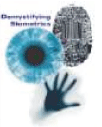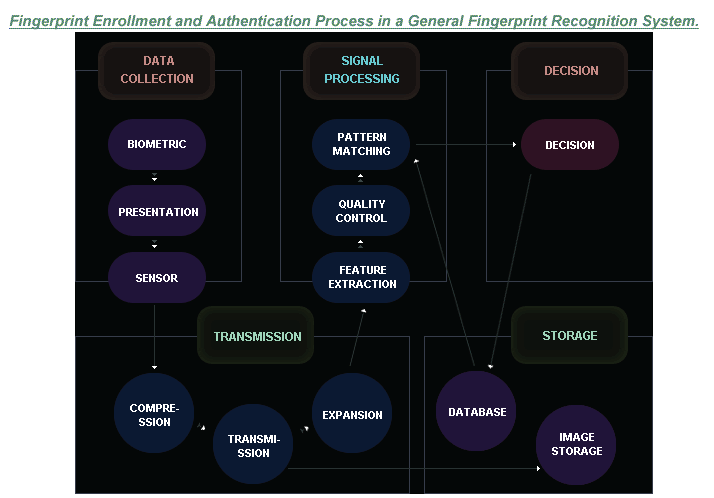
Biometric and Proximity Access Control

Biomertric is the technology or decipline that recognizes a person's biological and behavioral characteristics, thereby verifying the identity of the corresponding individual. A more restricted definition of biometrics refer to the science disigned to enable a machine to analyze a person's biological and behavioral traits for the verification of his of her individual identity.
Need For Biometrics

 Biometrics is gaining wide popularity for two main reasons:
Biometrics is gaining wide popularity for two main reasons:
Security and Management:
The biometrics market arose from the need to prevent any risks or damages in various fields and it uses identity authentication to answer that need.
Its uses range from physical control and management including entrance control, diligence management, and machine access control to security and management in the information industry, including computer security, distance education, e-commerce, information security, and so on.
These days, computer processing of so much important information fosters information exchange in the cyberspace, and expands e-commerce fields to include online banking.
Convenience:
Convenience is one of the greatest advantages of biometrics compared to existing methods of personal authentication such as keys, identification numbers (ID) and passwords. In other words, everyone can be uniquely identified without the need for an ID, a magnetic card, a smart card, a key or a personal identification number (PIN).
A user can verify each individual by using only physical traits such as fingerprints and voice.
Also, using biometrics, a machine can electronically recognize a user, thereby enabling its system to allow for the automatic response to that user's request. In short, biometrics is able to deliver both safety and convenience in the identity verification field, thereby reaping huge economic benefits.
Characteristics of Biometrics

A biometrics system should use personal traits developed with the following "ideal" criteria: universal (everyone has it), unique (no two people have it alike), permanent (does not change and cannot be changed), collectable (easy to obtain and quantify with a sensor).
Concerns during the system design should include Performance (precision, speed, tenacity, resource request, operational/environmental components), Acceptability (the degree of acceptance by people), and Circumvention (how easy it is to outsmart the system). The traits also become a yardstick for the system evaluation.
All biometric technologies invariably have their own advantages and disadvantages. Table 1-1 shows the characteristics index of various kinds of biometric technologies.
